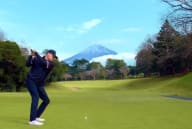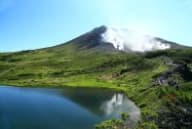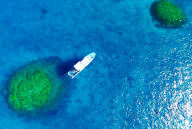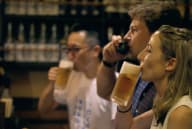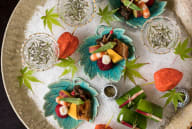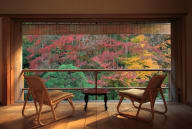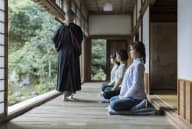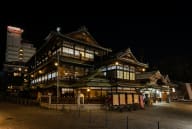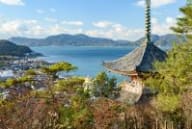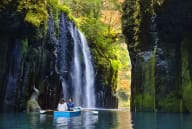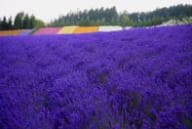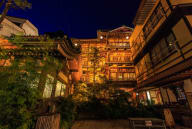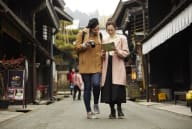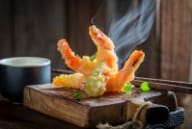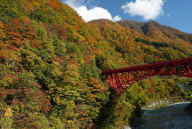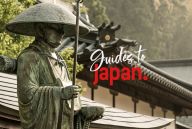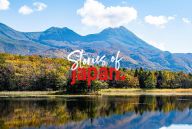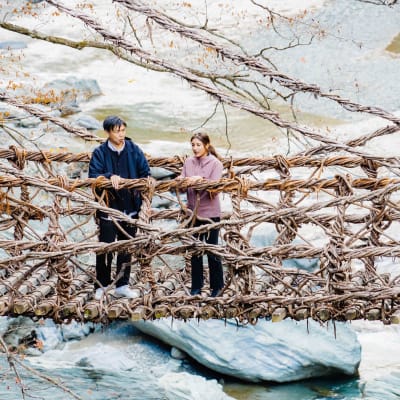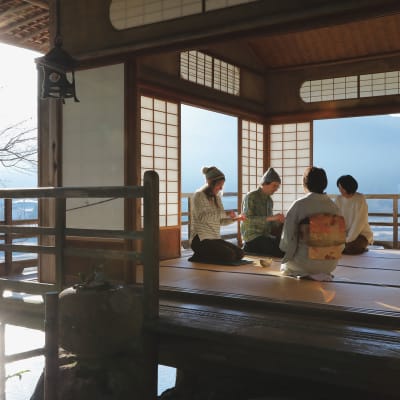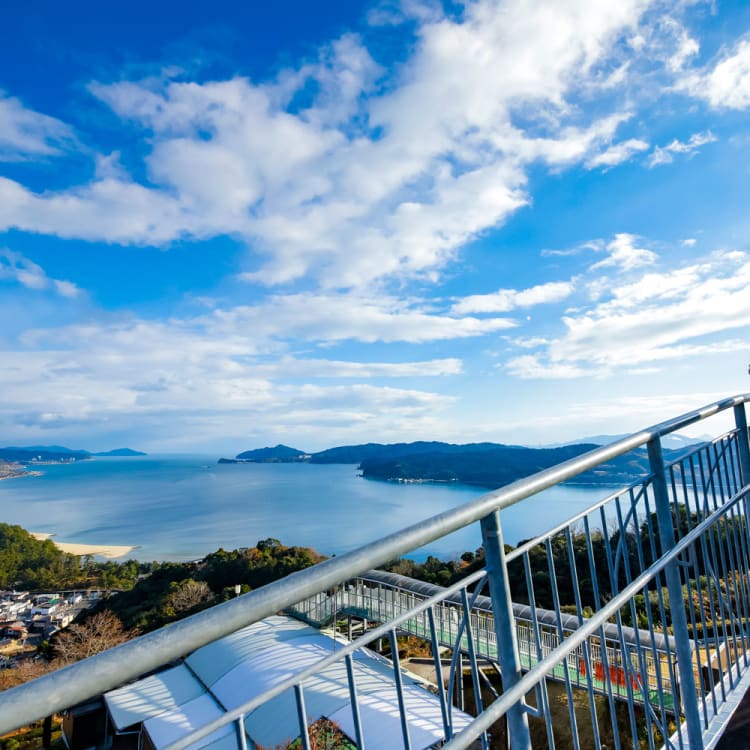
Sustainable Destinations Preserving Craftsmanship for the Future in Miyazu and Marugame
Traditional crafts are an important heritage rooted in local culture, passed down through generations. In Miyazu City, located in northern Kyoto, the preservation of wisteria weaving is just one of the many efforts demonstrating the city’s commitment to safeguarding its heritage and natural resources for the future. In Marugame City, Kagawa, the "Marugame Uchiwa" (Marugame paper fans), which boasts a history of over 400 years, continues to thrive through the hands of skilled artisans, while initiatives to nurture the next generation of craftsmen are underway. Both regions are engaged in new efforts aimed at developing sustainable tourism and cultural growth, while preserving traditional craftsmanship. For visitors, these traditional crafts are not merely tourism resources, but valuable opportunities to experience hope and inspiration for the future.
Miyazu City (Kyoto)


Threads of Tradition, Woven into a Sustainable Future
Rich in magnificent landscapes, northern Kyoto Prefecture is a region of natural beauty and cultural richness along the Sea of Japan. Anchoring this region is Miyazu, a picturesque city home to Amanohashidate, a breathtaking sandbar recognized as one of Japan’s three most scenic views. But beyond the postcard-perfect scenery, it is steeped in history and culinary culture, preserving its legacy through fujiori (wisteria weaving), a traditional art tied to the community. Recognized as one of the “Top 100 Green Destinations in the World,” the city continues to attract attention both domestically and internationally through immersive, sustainable tours that showcase its unique charm.
Sustainability Spotlight

Jesse Efron
Overseas Promotion Manager, Kyoto by the Sea DMO
Hailing from Brooklyn, New York, Jesse Efron now calls Kyoto's serene coastline home. After working as an ALT in local schools in Kyotango City, he transitioned to becoming Miyazu's Overseas Promotion Manager, bringing his global perspective to the region’s sustainable tourism efforts. Passionate about sharing the area's rich culture and natural beauty, Jesse also serves as an advisor for Kyoto by the Sea Inbound Guide Training Course. In 2023, he represented Miyazu on the global stage, delivering a heartfelt speech at the "Top 100 Green Destinations" awards ceremony, bringing the charm of the region to audiences worldwide.
To delve more into the city’s remarkable strides in sustainable tourism, we interviewed Jesse Efron.
He explained that the city’s sustainable development goals (SDGs) focus on two pillars: becoming an “SDGs Future City” by 2030 and meeting Global Sustainable Tourism Council (GSTC) standards. “We’ve been working with the GSTC since 2022,” Jesse shared. “It’s not just about meeting criteria—it’s about creating new stories every year to ensure progress.”
In 2023, their dedication to preserving tradition, particularly through fujiori, earned Miyazu a spot on the “Top 100 Green Destinations” list. This traditional craft, designated as a Kyoto Prefecture Intangible Cultural Property, has been revitalized through collaborations with the Association for Preservation of Tango Fuji-ori, turning it into an engaging cultural experience for visitors.

Wisteria threads on a loom creating a sustainable tradition.
Jesse highlighted their indispensable role in safeguarding this cultural heritage. To engage the local community, meetings and community surveys were also held and as a result, it boosted fujiori’s visibility and also inspired many participants.
They also hold study sessions and workshops. Jesse recounted, “When the association started, only a few people knew about fujiori. Now, over 500 people have joined workshops, and many have even taken the craft back to their own communities.” These efforts have not only reignited interest in the craft but also attracted international tourists eager to connect with local culture, further strengthening community pride. The GSTC recognition also made locals aware that fujiori activities contribute to forest conservation as well as sustainability.


Fujiori yarn can be turned into various products such as bags, rugs, and even beautiful kimonos.
To experience what Jesse has shared with us firsthand, we visited a local workshop called NAGI. Guided by Hiroko Sakane, a fujiori artisan for 17 years, the experience was nothing short of mesmerizing. Transforming wild wisteria vines into fabric begins with cutting the vines (fuji-kiri) and stripping their bark (fuji-hegi) to extract their inner fibers, known as nakagawa. The nakagawa is then soaked in water and boiled with wood ash to soften the fibers.

The fujiori process begins with peeling wisteria fibers from the bark.
Next, the fibers are washed and scraped with a bamboo tool called kobashi to remove impurities. They are rinsed again with rice bran water for further softening before being dried. Once dried, the fibers are meticulously joined by hand into a single strand, which is then spun into yarn.

Patience in motion – wisteria thread carefully spun through a wheel.
The yarn is wound onto a wooden frame and prepared for warping, a process where the yarn is arranged on a loom in preparation for weaving. Finally, the warp and weft yarns are interwoven on the loom to create intricate fabrics, which are dried and finished for use.

Learn how to weave on a loom using wisteria threads.
Every strand of fiber represents a piece of Miyazu’s history. The experience deepened my appreciation for the artistry and patience required, as well as the sustainability embedded in using natural materials.
If you want to try weaving this traditional Fuji-ori fabric yourself, you can participate by signing up through the Kyoto by the Sea reservation form. This hands-on experience with the craftsmanship preserved by artisans offers a unique opportunity to appreciate the depth of handmade work and rediscover the value of inherited culture.
Book your experience here:
https://www.kyotobythesea.com/uniqueexperiences
Alongside experiential tours like fujiori, the region boasts some of the most stunning landscapes in Japan, with Amanohashidate leading the way for eco-conscious exploration. Amanohashidate, one of “Japan’s Three Scenic Views” (Nihon Sankei), is a 3.6 km sandbar adorned with approximately 8,000 pine trees that have been carefully preserved for centuries. This natural formation gracefully stretches across Miyazu Bay, connecting its two shores. Viewed upside down, the sandbar is akin to a living painting of an emerald dragon slicing through the azure sea as the canvas.

Panoramic View of Amanohashidate
To preserve this magnificent landscape, local government and community organizations take the lead in marine conservation efforts and beach cleanups. Additionally, protective measures such as the development of coastal preservation facilities and the maintenance of the pine tree-lined path continue to prevent shoreline erosion. Witnessing these ongoing efforts, I truly felt that it is this dedication that sustains the unchanging beauty of Amanohashidate.
In Miyazu, in addition to Fuji-ori weaving, you can experience various other traditional cultural crafts. There is a weaving workshop, where you can observe skilled artisans up close, and a tatami experience, which allows you to appreciate the beauty of Japanese tradition in everyday life.

Textiles and Looms
Miyazu has long been known as a region famous for producing high-quality silk textiles. At the workshop create ebara, visitors can learn about textile-making that blends traditional techniques with contemporary designs. Here, they can observe the weaving process up close using traditional Jacquard looms and explore the gallery, where they can appreciate the intricate works crafted by skilled artisans.

Learning About Textile Design and Production
There are also opportunities to speak directly with artisans about loom operation and the challenges of their craft. In the gallery space, visitors can purchase finished pieces, and they can also learn about sustainable and renewable fabrics. Another highlight is the on-site café, where guests can take a break and immerse themselves in the depth and beauty of the weaving world.
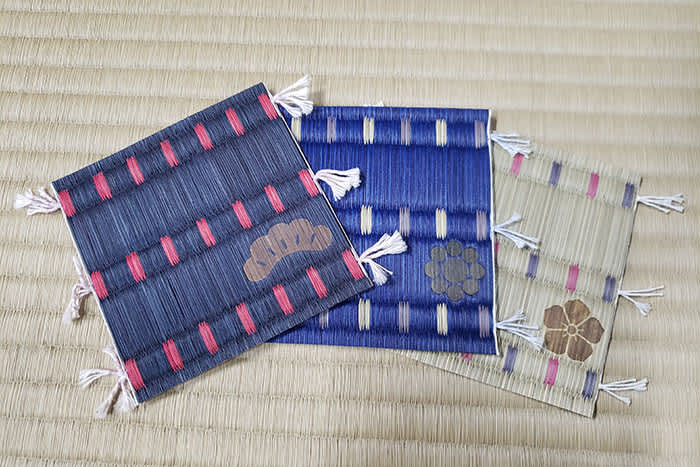
Tatami Coasters
Tatami, an essential element of Japanese homes, is widely used in major temples and historical buildings. Made from plant-based materials, tatami is crafted using a sustainable method that repurposes harvested stalks. As a natural, eco-friendly material, it also helps regulate indoor temperatures without relying on electricity or fossil fuels, making it an environmentally conscious choice.

Tatami Workshop Experience
At Tatamiya Tatsuzou in Miyazu, visitors can experience the art of tatami-making, a craft that has been passed down for four generations. Participants can observe skilled artisans up close, learn about the significance and maintenance of tatami, and even try their hand at making a tatami coaster. Additionally, with the guidance of a local English-speaking guide, visitors can explore the historic castle town and immerse themselves in the atmosphere of a place where tatami remains an integral part of daily life.
Book your experience here:
https://www.kyotobythesea.com/uniqueexperiences
These experiences highlight Miyazu’s dedication to preserving its rich natural and cultural heritage while offering visitors meaningful and eco-friendly activities. By blending tradition, nature, and innovation, Miyazu continues to shape a timeless and enduring future—one as breathtaking as its landscapes and as enduring as its craftsmanship.
Links
Marugame City (Kagawa)


Fostering the Future Generation of Fan Artisans
Facing the deep blue waters of the Seto Inland Sea, Marugame is a vibrant city rich in history and culture, from hearty udon noodles to an ancient castle. The city has also fostered an iconic handicraft: Marugame Uchiwa fans. These fans are made from a single piece of bamboo that forms both the ribs and handle, and are adorned with delicate washi paper. The technique has been passed down through generations by fan artisans and local people.
Today, however, the future of Marugame Uchiwa is at risk. The rise of mass-produced plastic fans and a lack of successors threaten this centuries-old craft. We traveled to Marugame to discover how the city is working to preserve this beautiful art form for future generations.
Sustainability Spotlight

Yuki Miyatake
Industry & Tourism Division, Marugame City Hall
Yuki Miyatake was born in the neighboring city of Sakaide. After working for a travel agency, he transferred to Marugame City Hall in April 2020. Miyatake works closely with the local community to promote sustainable tourism and preserve the local environment.
We met with Yuki Miyatake, a passionate local government officer, to learn how the city is taking steps to sustain Marugame Uchiwa fans. “Fans were a quintessential part of life in Marugame,” he began. “They were exchanged as gifts, adorned households, and some restaurants even had their menus scribbled on fans.” Miyatake explained that Marugame produces 90% of all fans in Japan, but with the spread of electric fans and air conditioners, coupled with a growing demand for cheap, mass-produced plastic fans, the market for handcrafted Marugame Uchiwa has been dwindling over the years.

Chatting with Yuki Miyatake
To combat this decline, Kagawa Prefecture, Marugame City, and the Uchiwa Cooperative Union devised several programs. “The first step was talking to expert artisans to find out the challenges they faced and what we could do to help,” explained Miyatake. One of their key solutions was a successor training course, designed to pass on techniques to the next generation of artisans. “Many of the learners even came from out of town, drawing new immigrants to the area,” mentioned Miyatake. Once they complete the course and earn the title of “Marugame Uchiwa New Meister,” the government provides them with support and opportunities to demonstrate their skills.

Fostering interest among the younger generation was also essential. To this end, the city holds seminars and training sessions for the general public, as well as educational programs for students. “Some of these programs involve in-depth hands-on workshops, so that younger generations can appreciate the hard work and craftsmanship behind each fan,” Miyatake said. Thanks to these efforts, Marugame City was selected among Green Destinations’ Top 100 Sustainable Tourist Destinations of 2023.

Marugame Uchiwa Museum
After our talk with Miyatake, we paid a visit to the Marugame Uchiwa Museum to witness artisans at work, bringing centuries-old techniques to life. The rhythmic sound of bamboo being cut filled the air as one artisan explained his craft. “Each rib needs to be cut to a certain thickness,” he said, deftly shaving the bamboo with steady hands and practiced precision.

Marugame Uchiwa artisan
We then tried our hands at making our own fans. After selecting from a variety of intricate patterns, we were carefully guided through the steps of gluing and cutting out the washi paper, learning firsthand how even seemingly simple tasks required patience and attention to detail.


Fan-crafting workshop
The Marugame Uchiwa Museum showcases the works of various artisans, with designs ranging from traditional prints to modern and quirky motifs such as burgers and cat paws. This highlights not only the versatility of Marugame Uchiwa fans but also exemplifies how an age-old craft can evolve with the times and serve as a vessel for artistic expression. The museum also displays the oldest Marugame Uchiwa ever found, believed to be at least 400 years old.

The museum showcases an array of fans
Another place to find souvenir fans is a charming shop at the foot of Marugame Castle—a 400-year-old edifice perched on a rocky hill. Its imposing stone wall is the largest one of its kind in Japan. The castle complex is enormous, perfect for a summer stroll—with a Marugame Uchiwa fan in hand. In addition to being one of the main tourist attractions of the city, the castle also conducts visitor surveys every quarter, with the results published in reports. We ended our visit with a bowl of Sanuki udon noodles, the local specialty.

Marugame Castle

Sanuki Udon, a local delicacy
The story of Marugame Uchiwa is one of resilience and reinvention. Faced with modern challenges, the city has embraced a blend of tradition and innovation to preserve this centuries-old craft. From training new artisans to engaging the community through hands-on programs, Marugame’s efforts are a testament to the enduring value of cultural heritage. In a rapidly changing world, these delicate fans continue to carry with them the spirit of craftsmanship, history, and identity that make Marugame unique.

Links















